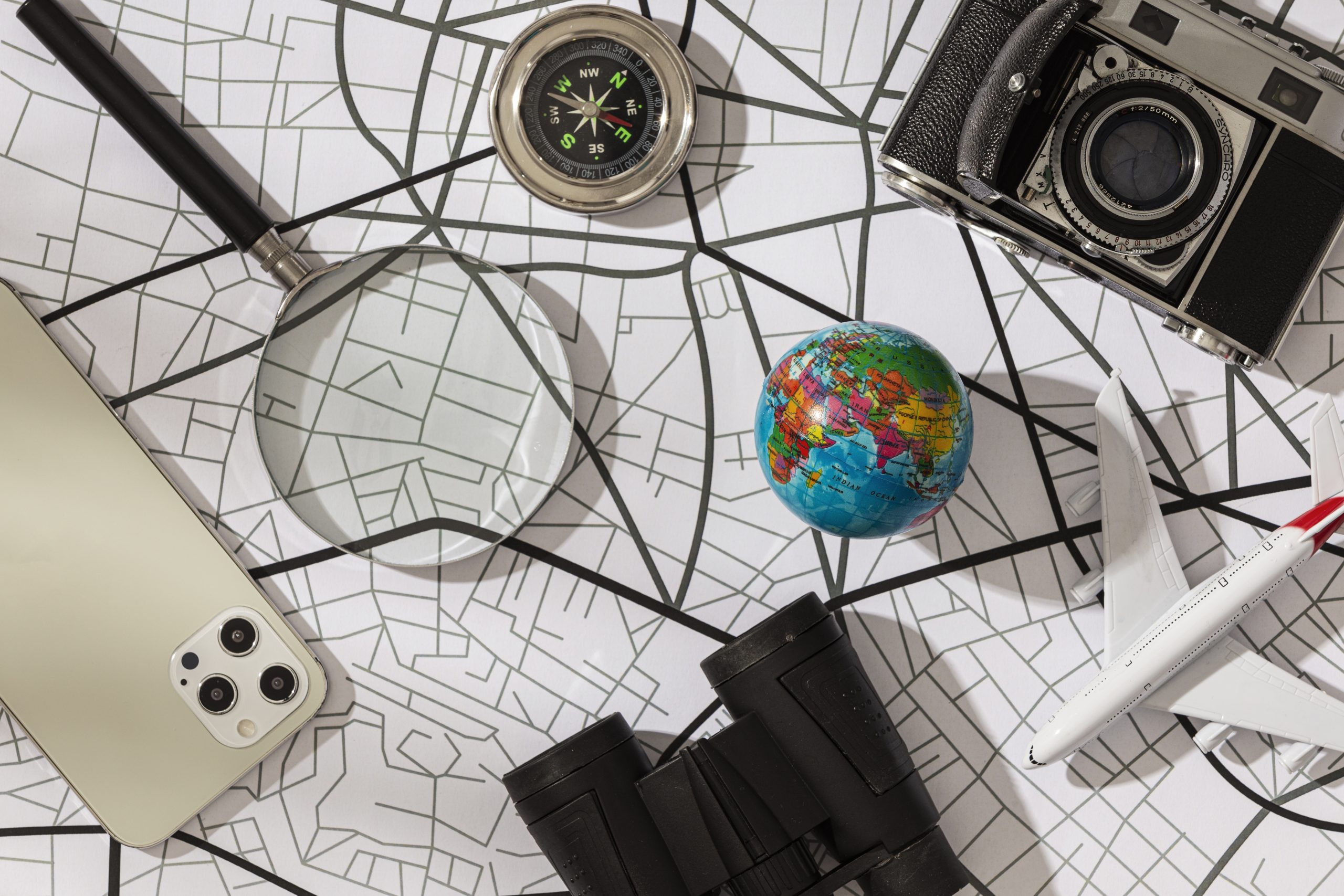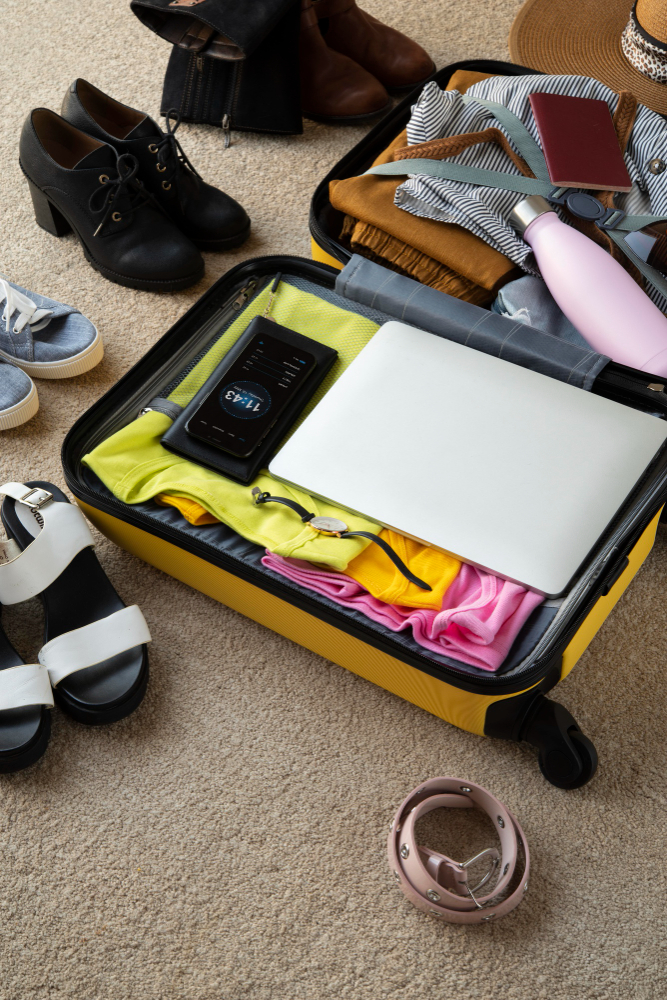Traveling with a baby can be a daunting task, but the right travel system can make it much more manageable. This guide will walk you through everything you need to know about travel systems, helping you make informed decisions for stress-free travel with your little one.
1. What is a Travel System?
Definition and Components
A travel system is a combination of a stroller and an infant car seat that can be attached to the stroller frame. This design allows parents to transfer their baby from car to stroller without disturbing their sleep. Typically, a travel system includes:
Stroller: A pushchair with various features for mobility and convenience.
Car Seat: An infant car seat that can securely attach to the stroller and car seat base.
Advantages of a Travel System
Convenience: Seamless transitions between car and stroller.
Cost-Effective: Purchasing a bundled system is often cheaper than buying components separately.
Versatility: Suitable for newborns and can adapt as the child grows.
2. Types of Travel Systems
Full-Sized Travel Systems
These systems are robust and feature-rich, offering durability and comfort. They often come with advanced functionalities like all-terrain wheels, adjustable handles, and ample storage.
Lightweight Travel Systems
Lightweight travel systems are designed for portability and ease of use. They are perfect for parents who need a more compact and easy-to-carry option.
Jogging Travel Systems
Designed for active parents, jogging travel systems come with sturdy frames and wheels that can handle rough terrain, ensuring a smooth ride for the baby during runs.
Modular Travel Systems
Modular systems offer multiple configurations, such as forward or backward-facing seats and options to accommodate more than one child, making them ideal for growing families.
3. Choosing the Right Travel System
Assessing Your Needs
Consider your lifestyle, budget, and specific needs. Think about how often you’ll use the travel system, the type of terrain you’ll encounter, and whether you’ll need additional features like extra storage or a compact fold.
Safety Features
Safety should be your top priority. Look for systems with:
Five-point harness: Ensures your baby is securely strapped in.
Side-impact protection: Protects your baby in case of a collision.
Reliable brakes: Provides control and stability when the stroller is stationary.
Ease of Use
A user-friendly travel system can significantly reduce stress. Features to look for include:
One-hand fold mechanism: For easy folding and unfolding.
Adjustable handles: To suit different heights.
Quick-release car seat base: For swift and secure car seat installation.
Comfort for Your Baby
Ensure your baby’s comfort with features like:
Padded seats: Provide cushioning and support.
Adjustable recline options: Allow your baby to sit or lie down comfortably.
Good suspension: Ensures a smooth ride on various terrains.
4. Popular Travel System Brands
Graco
Graco offers reliable and affordable travel systems, known for their convenience and safety. They provide a range of options from lightweight to full-sized models.
Chicco
Chicco travel systems are praised for their ease of installation and safety features. The KeyFit car seat, often included, is especially user-friendly.
Britax
Britax provides premium travel systems with advanced safety features and durable construction. While they are more expensive, they offer excellent quality and longevity.
UPPAbaby
UPPAbaby is known for stylish and high-quality travel systems that come with luxury features, designed for ease of use and comfort.
5. Matching Travel Systems to Lifestyles
Urban Living
City dwellers need a compact, lightweight system that is easy to maneuver in tight spaces. Consider a lightweight or modular system with excellent maneuverability.
Suburban Life
Suburban families may benefit from a full-sized travel system that offers more storage and comfort for longer outings. Look for durability and ease of use.
Active Lifestyles
Active parents should opt for jogging travel systems, designed to handle rough terrain and provide a smooth ride during outdoor activities.
Growing Families
Growing families can benefit from modular travel systems with multiple configurations to accommodate more than one child. Flexibility and adaptability are key.
6. Budget Considerations
Entry-Level Systems
Entry-level travel systems are budget-friendly and provide essential features without extra frills. They are a good option for parents looking for basic functionality at an affordable price.
Mid-Range Systems
Mid-range systems offer a balance of features, quality, and price. They often include additional conveniences like better suspension, larger storage baskets, and more comfortable seating.
Premium Systems
Premium travel systems come with advanced features, superior build quality, and enhanced safety measures. These are a significant investment but offer top-notch performance and longevity.
7. Comparing Top Models
Graco Modes Travel System
Features: 10 riding options, reversible seat, one-hand fold.
Pros: Versatile, affordable, easy to use.
Cons: Can be bulky when folded.
Chicco Bravo Trio Travel System
Features: KeyFit 30 car seat, one-hand fold, adjustable handle.
Pros: Highly rated car seat, easy to install, compact fold.
Cons: Smaller storage basket.
Britax B-Lively & B-Safe Gen2 Flexfit Travel System
Features: All-wheel suspension, one-hand fold, breathable fabric.
Pros: Excellent safety features, smooth ride, easy maneuverability.
Cons: Higher price point.
UPPAbaby Vista V2
Features: Multiple configurations, extendable canopy, shock-absorbing front & rear suspension.
Pros: Luxury features, stylish design, excellent build quality.
Cons: Expensive.
8. Long-Term Use and Flexibility
Growth Adaptability
Choose a travel system that grows with your child. Look for models with adjustable seats, additional configurations, and the ability to convert to accommodate older children.
Additional Accessories
Consider the availability of compatible accessories like snack trays, parent consoles, or weather shields, which can enhance the usability and comfort of the system.
9. Testing Before You Buy
In-Store Testing
Whenever possible, visit a store to test the travel system. Try installing the car seat in your vehicle, folding and unfolding the stroller, and checking the maneuverability.
Online Purchase Considerations
If purchasing online, ensure the retailer has a good return policy. This allows you to test the travel system at home and return it if it doesn’t meet your needs.
10. Eco-Friendly and Sustainable Options
Sustainable Materials
Some brands offer travel systems made from eco-friendly materials. If sustainability is important to you, look for systems that use recycled fabrics or have environmentally conscious manufacturing processes.
Longevity and Durability
Investing in a durable travel system can reduce waste by lasting through multiple children or for many years. High-quality systems often have better resale value as well.
Conclusion
Choosing the right travel system for your family involves considering your lifestyle, budget, and specific needs. By understanding the different types of travel systems and comparing key features, you can make an informed decision that ensures the safety, comfort, and convenience of your baby. Whether you prioritize portability, versatility, or luxury, there is a travel system out there that will perfectly suit your family’s requirements.
FAQs
What should I consider when choosing a travel system?
When choosing a travel system, consider factors such as safety features, ease of use, comfort for your child, storage capacity, and compatibility with your vehicle. Additionally, think about your lifestyle and whether you need a lightweight, full-sized, jogging, or modular system.
Are travel systems safe for newborns?
Yes, travel systems are designed to be safe for newborns. Ensure the car seat meets current safety standards and is properly installed. The stroller should also provide adequate support and protection for a newborn.
Can I use a travel system for multiple children?
Modular travel systems are particularly suited for growing families as they offer various seating configurations and can accommodate multiple children. Some systems come with additional seats or adapters for a second car seat or bassinet.
How long can I use a travel system?
The car seat in a travel system is typically used from birth until the baby reaches about 30-35 pounds or 30-32 inches in height. The stroller can often be used for a longer period, depending on the weight and height limits specified by the manufacturer.
What is the difference between a travel system and a regular stroller?
A travel system includes an infant car seat that can attach to the stroller, providing seamless transitions between car and stroller. A regular stroller does not come with a car seat and may not be compatible with one, offering less convenience for parents with newborns.
Also Read: Comparing Travel Systems: Which One is Right for Your Lifestyle?





Leave a Comment